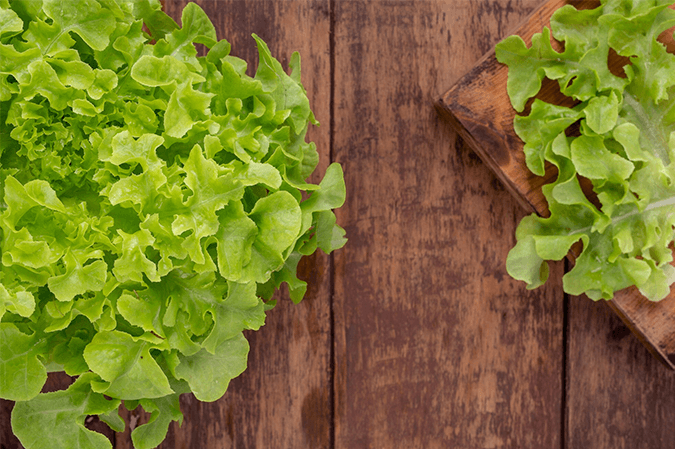Nutritional Value of Lettuce (Per 100 grams)
| Nutrient | Amount |
| Calories | 15 kcal |
| Water | 95.6% |
| Carbohydrates | 2.87 g |
| Protein | 1.36 g |
| Total Fat | 0.15 g |
| Dietary Fiber | 1.3 g |
| Calcium | 36 mg |
| Iron | 0.86 mg |
| Magnesium | 13 mg |
| Phosphorus | 29 mg |
| Potassium | 194 mg |
| Sodium | 28 mg |
| Vitamin C | 9.2 mg |
| Folate (Vitamin B9) | 38 µg |
| Vitamin A | 7405 IU |
| Vitamin K | 126.3 µg |
Interesting Facts About Lettuce
- Ancient Cultivation: Lettuce was cultivated as far back as 2680 BC by the ancient Egyptians. They revered it for its aphrodisiac properties and used it in religious ceremonies.
- Space Lettuce: In 2015, NASA astronauts grew and ate lettuce aboard the International Space Station, marking a significant achievement in space farming.
Origin of Lettuce
Lettuce (Lactuca sativa) is believed to have originated in the Mediterranean region. It was first cultivated by the ancient Egyptians, and later, it spread to the Greeks and Romans, who further refined the varieties we see today.
Health Benefits of Lettuce
- Low Calorie: Lettuce is very low in calories, making it an excellent food for weight management.
- Rich in Antioxidants: Lettuce contains antioxidants like beta-carotene and Vitamin C, which help protect the body from free radicals.
- Digestive Health: The high water and fiber content aid in digestion and help prevent constipation.
- Bone Health: High in Vitamin K, lettuce supports bone health by improving calcium absorption and reducing bone loss.
Specific Benefits for Body Parts or Organs
- Eyes: The high levels of Vitamin A in lettuce contribute to good vision and may help prevent macular degeneration.
- Skin: Vitamin C in lettuce aids in collagen production, promoting healthy, youthful skin.
- Heart: The potassium in lettuce helps regulate blood pressure, reducing the risk of cardiovascular diseases.
Sources
- USDA FoodData Central
- “Handbook of Vegetables and Vegetable Processing” by Nirmal Sinha
- Healthline



